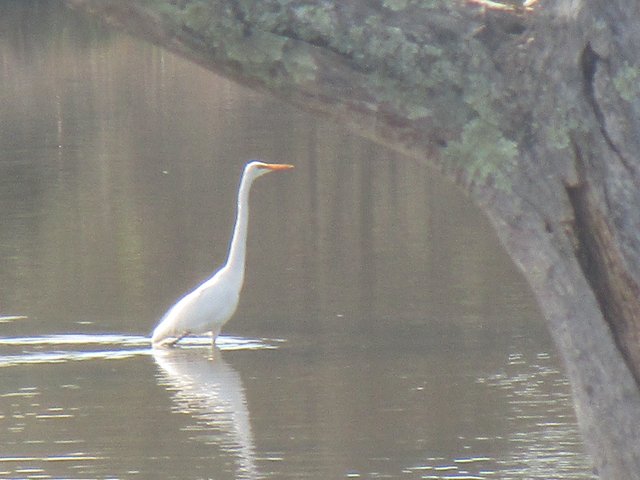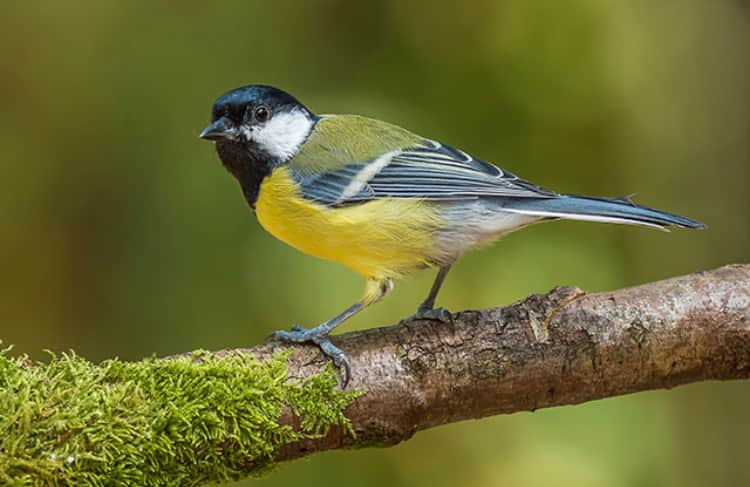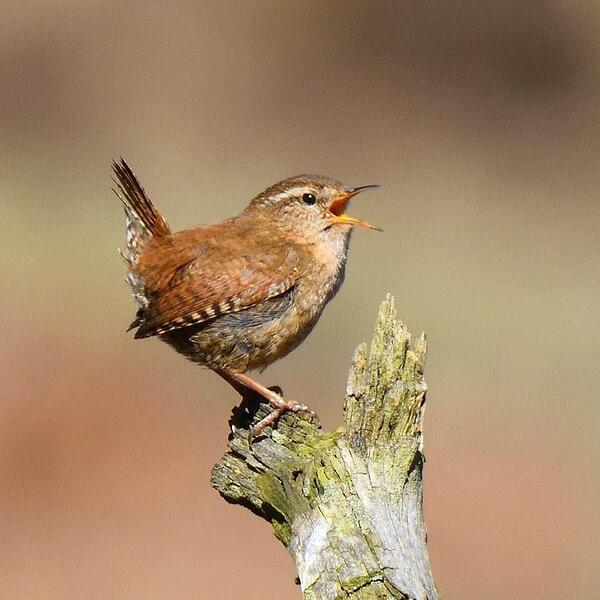Pied Stilt - The Pied Stilt is a sociable shorebird always travelling with other shorebird.
Long, skinny legs, long, narrow bill used for probing into the sediment for it’s meals.
They prefer shallow open freshwater areas, and can be found in most wetland areas, including seawater lagoons and swamps.
They can be found throughout Australia and beyond with populations in New Zealand, Indonesia, Palau, Papua New Guinea, Malaysia, Philippines and Brunei.

Great Egret
All feathers on Great Egrets are white. Their bills are yellowish-orange, and the legs black.
The Great Egret is the tallest egret with a very long “s” shaped neck.
Neck length is one and a half times that of the body length.
In flight, the long neck is tucked in and the legs extend far beyond the tip of the short tail.
The Great Egret feeds in shallow water or drier habitats, feeding mainly on fish, frogs, small mammals, and occasionally small reptiles and insects, spearing them with its long, sharp bill most of the time by standing still and allowing the prey to come within its striking distance of its bill which it uses as a spear.
It will often wait motionless for prey, or slowly stalk its victim.

Female Grey Shrike Thrush
A melodious Songbird found throughout Australia except desert regions.
It has an extraordinary gift for ringing melody, unmatched by any other Australasian species save perhaps the lyrebird.
The Grey Shrike-thrush searches for food on the ground, generally around fallen logs, and on the limbs and trunks of trees.
It has a varied diet consisting of insects, spiders, small mammals, frogs and lizards, and birds’ eggs and young, and some birds have been observed feeding on carrion. Fruits and seeds may also be eaten on occasion.

Pacific Black Duck Mother and brood
The Pacific Black Duck is one of the most versatile of the Australian ducks.
It frequents all types of water, from isolated forest pools to tidal mudflats.
Pacific Black Ducks are usually seen in pairs or small flocks and readily mix with other ducks. In the wild, birds are often very wary of humans and seldom allow close approach.
The Pacific Black Duck is mainly vegetarian, feeding on seeds of aquatic plants. This diet is supplemented with small crustaceans, molluscs and aquatic insects.
Food is obtained by ‘dabbling’, where the bird plunges its head and neck underwater and upends, raising its rear end vertically out of the water.

Osprey having a feed
The osprey is a fish-eating bird of prey.
It is a large raptor, reaching more than 60 cm (24 in) in length and 180 cm (71 in) across the wings.
The osprey and owls are the only raptors whose outer toe is reversible, allowing them to grasp their prey with two toes in front and two behind. This is particularly helpful when they grab slippery fish.
The osprey is the second most widely distributed raptor species, after the peregrine falcon, and is one of only six land-birds with a worldwide distribution.
Ospreys have vision that is well adapted to detecting underwater objects from the air. Prey is first sighted when the osprey is 10–40 m (33–131 ft) above the water, after which the bird hovers momentarily and then plunges feet first into the water.
They catch fish by diving into a body of water, oftentimes completely submerging their entire bodies.
As an osprey dives it adjusts the angle of its flight to account for the distortion of the fish’s image caused by refraction.
Ospreys will typically eat on a nearby perch but have also been known to carry fish for longer distances.





 Did you take these photographs yourself Bretrick?
Did you take these photographs yourself Bretrick?



 I’ve never seen any plumage like that before. I’m guessing you live in a very rural area of Australia?
I’ve never seen any plumage like that before. I’m guessing you live in a very rural area of Australia?




